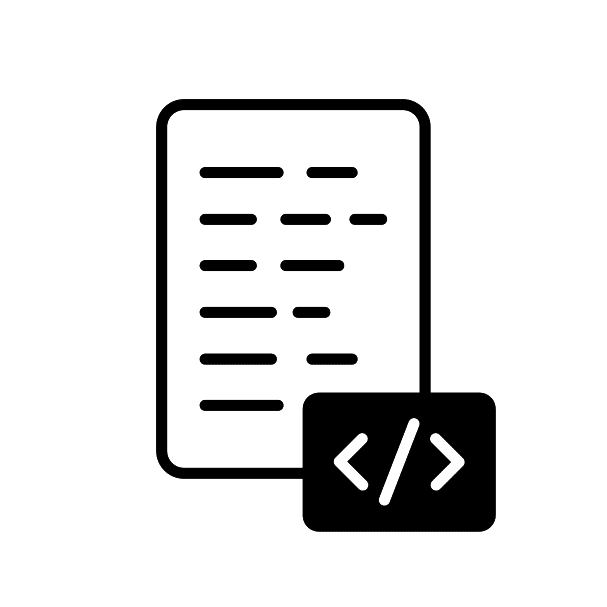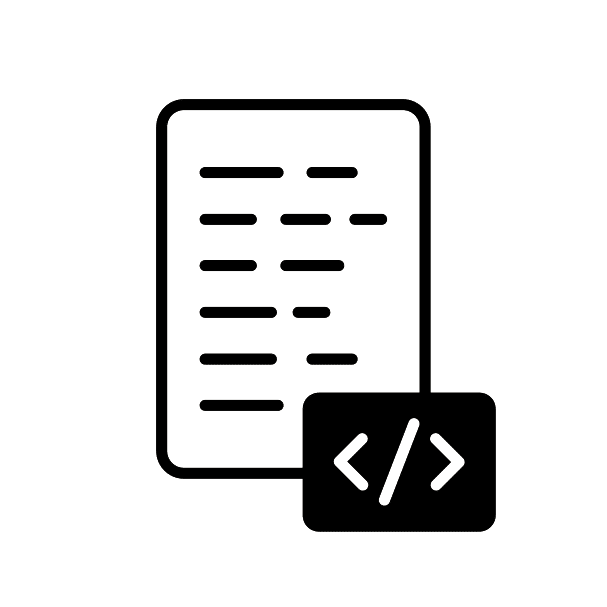Harness sensors, circuits, and code to build your own basic robots.

Our teachers and tutors graduated from top universities








Overview

Tailored Coding Syllabus
Select your preferred programming languages or topics, and we'll match you with an expert tutor for a personalized learning experience.

Flexible Coding Sessions
Your learning path is customized to your speed and unique challenges, ensuring seamless progress without any distractions or competing demands.

Customized One-on-One Tutoring
Your academic journey is meticulously designed to align with your pace and chosen challenges, safeguarding uninterrupted development free from distractions or competing commitments.
About Arduino
Arduino is more than just a piece of hardware; it’s an ecosystem that bridges the gap between the physical and digital worlds. Its user-friendly software interface and vast array of hardware options make it accessible for people of all skill levels. Arduino boards are equipped with sets of digital and analog input/output pins that allow you to connect them with various types of sensors, displays, motors, and other devices.
Because of its open-source nature, Arduino fosters a collaborative environment. A plethora of libraries and sketches are freely available, allowing you to stand on the shoulders of giants as you work on your own projects. Whether you’re interested in robotics, home automation, IoT, or interactive art installations, Arduino offers the versatility to bring your ideas to life.
By joining the vibrant Arduino community, you’ll have opportunities to share your projects, learn from others, and even contribute to the development of the platform itself. This interactivity encourages rapid learning and innovation, making Arduino an ideal tool for prototyping, tinkering, and solving real-world problems.
The Arduino platform is also incredibly educational, often used as a teaching tool in schools, universities, and workshops. Its simplicity makes it an excellent entry point for individuals new to electronics and programming. Educators appreciate how Arduino engages students in a hands-on approach, transforming abstract engineering concepts into tangible, interactive experiments. From simulating a simple traffic light system to building a fully functioning weather station, the applications are as endless as they are educational.
Arduino’s adaptability is another strong point, compatible with a wide range of environments. It can be connected to computers running Windows, macOS, or Linux, offering a level of flexibility often not found in more specialized or proprietary systems. This cross-platform support ensures that you won’t be limited by your existing technology when diving into Arduino projects.
In terms of long-term benefits, mastering Arduino can be a stepping stone to more advanced electronics and programming pursuits. The skills you acquire in problem-solving, logical thinking, and software-hardware integration are easily transferrable to more complex systems and technologies. Whether your interests lie in becoming a professional engineer, an innovative artist, or a DIY hobbyist, the Arduino platform provides a fertile ground for your creativity and ambitions.
Description
Jumpstart your journey into robotics and electronics with this hands-on Arduino course. You’ll dive into programming and circuit-building right from the get-go, no tedious theory involved.
With robots increasingly integrated into various industries, mastering Arduino opens doors to diverse career opportunities.
What you will learn
- Grasp 8 key Arduino programming concepts
- Understand basic circuit functions
- Learn how Arduino interfaces with other devices
- Explore digital and analog outputs
- Create simple robotic projects like a Line-Tracing Robot
Requirements
- Ages 9 – 16
- Complete beginners in robotics
- Interested in a hands-on learning approach
- Excited to create technology
Student FAQs About Robotics with Arduino
Arduino’s open-source nature allows for extensive customization and adaptability, making it a highly versatile choice for robotics. The platform is particularly well-suited for beginners because of its easy-to-use software and wide community support.
Start by familiarizing yourself with basic electronic components like sensors, motors, and servos. Arduino provides an intuitive integrated development environment (IDE) where you can write, test, and debug your code. Many starter kits are available that contain a mix of components to help you get your feet wet.
While Arduino may not be suitable for extremely complex or industrial-grade robotics, it is more than capable of handling a variety of intermediate tasks. Its capabilities can be extended through shields or by connecting it to a more powerful computer for data-intensive operations.
Arduino boards have multiple pins that can be programmed as inputs or outputs. These pins are used to connect with sensors for data collection and actuators like motors for movement, allowing for interactive and autonomous robotic applications.
Arduino can handle real-time tasks to some extent but may require additional hardware or optimized coding techniques for highly time-sensitive operations. Libraries and external timers can also be used to improve real-time performance.
The primary language is a subset of C/C++. This allows a good balance between ease of use for beginners and the advanced functionalities required for more complex robotics projects.
How it works
1
Request a tutor
Let us know your goals and age range. We'll figure out a plan to help get you there.
2
Match with a tutor
We'll recommend you a tutor based on your needs and goals, or you can request a specific tutor.
3
Start a free trial
Experience a free trial lesson with your new tutor and see if your learning style matches.
4
Keep it up!
If everything went well, sign up to keep going! You can choose the pacing of the lessons
Need more info?
Let's talk.
Leave your phone number, and we’ll call you back to discuss how we can help you.






